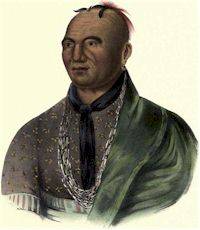Onondaga Council Fire
All business between other nations and the Iroquois was brought to the council fire of Onondaga,(*) and the conclusion there reached carried with it all the weight of a kingly edict. The deliberations of the sachems were conducted with the utmost decorum, and a rigid adherence to their notions of parliamentary usage which challenged the admiration of civilized nations. No speaker interrupted another. Each gave his opinion in turn, but not until he had stated in full the subject of discussion, to prove that he understood it, and had repeated the arguments pro and con of previous speakers. Thus their … Read more


